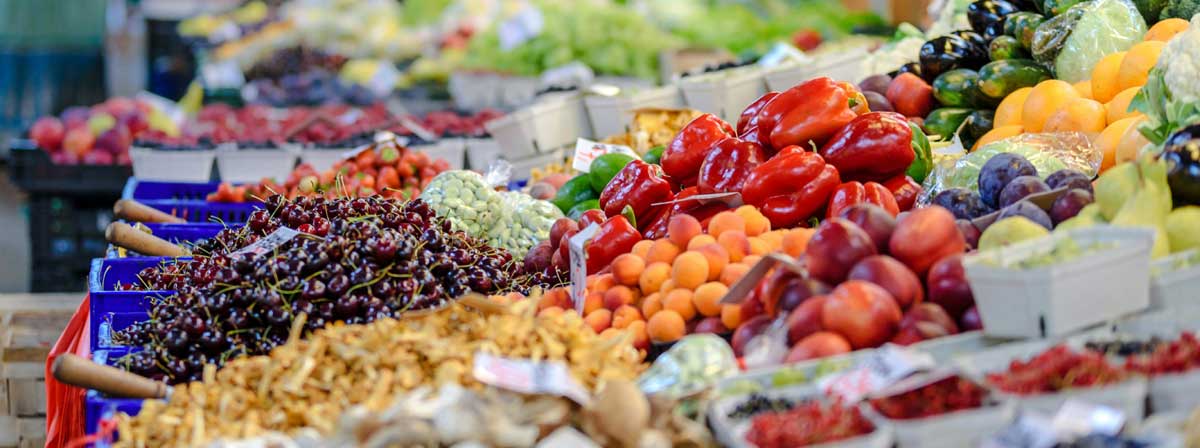A recent report published by the Organic Produce Network, based on data provided by Nielsen for Q1 2023, sheds light on the U.S. organic produce market. Key findings include:
Marginal Growth Amidst Volume Decline: In the first quarter of 2023, the organic produce market saw a modest dollar growth of 0.8% compared to the same period in the previous year. However, this growth is juxtaposed against a volume decline of 3.4%. This scenario contrasts with the total produce department, which experienced a 2.6% increase in dollar sales but a 1.3% decline in volume. This trend highlights the resilience of organic produce in terms of value, despite facing challenges in maintaining volume sales.
Rising Prices: A Concerning Trend: The average price per pound for organic produce has risen by 4.1%, slightly below the 4.3% increase seen in conventional produce. This upward trend in pricing is a critical factor for executives to monitor, as it influences consumer buying patterns. The price sensitivity is evident in categories like organic tomatoes, which witnessed significant price hikes leading to a drop in volume sales.
Selective Consumer Shopping Patterns: The current economic landscape has led to more selective shopping habits among consumers. There’s a noticeable shift where shoppers are substituting higher-priced organic items with more affordable conventional alternatives. Understanding these behavioral changes is essential for developing strategies that align with consumer preferences and purchasing power.
Regional Variations: Key to Targeted Strategies: Region-specific trends offer valuable insights for targeted marketing and distribution strategies. The South region, for example, exhibited the highest dollar growth for organic produce, signaling a robust market potential. Such regional disparities underscore the importance of localized approaches in marketing and product placement.
Category-Specific Insights: Certain organic produce categories are more affected by the current market dynamics than others. For instance, categories experiencing significant price increases are seeing more pronounced volume declines. This category-specific information is crucial for executives in making informed decisions about product assortment and pricing strategies.
A few key factors are driving these pricing and volume trends. First, the costs of organic farming, handling, and transportation have risen, pushing up prices at retail. Many organic crops also have lower yields per acre than conventional crops, constraining supply growth. Additionally, demand for organic produce appears to be highly elastic – as prices increase, some budget-conscious consumers who may prefer organic, tend to reduce their purchase volumes or shift to cheaper conventional options.
Market changes create dilemmas for organic produce companies and farmers. Pricing products too high may maximize short-term revenue but deter future consumption Allowing prices to keep pace with rising production costs protects farm profitability can shrink the customer base. Producers will need to find the right balance between affordable price points and sustainable margins.
On the supply side, the industry must grapple with how to expand output without flooding the market and triggering severe price drops. This likely requires supporting more certified organic farmland, enhancing yields through eco-friendly farming methods, investing in infrastructure and distribution, and better forecasting consumer demand.
The organic produce market remains a complicated mix of growth, pricing, and consumer behavior. While there is a steady dollar growth, the volume decline and price sensitivity present challenges that require strategic responses. The industry continues to adapt to the changing landscape, ensuring their offerings align with consumer demands and market trends.

